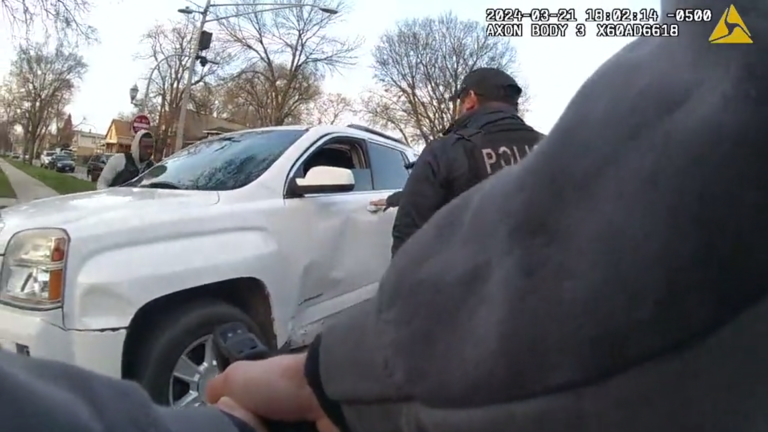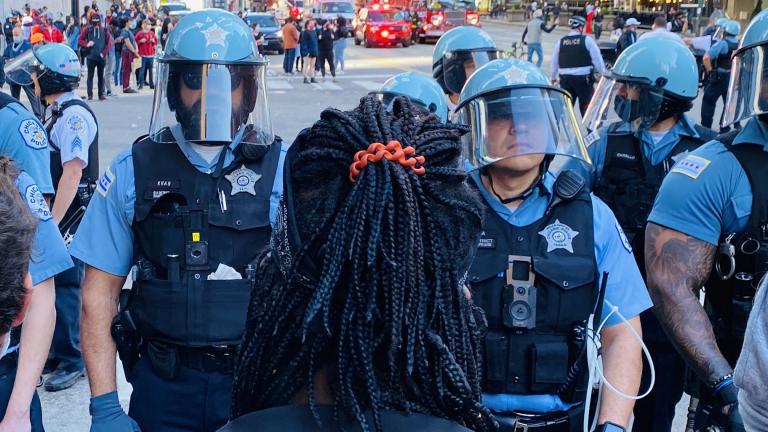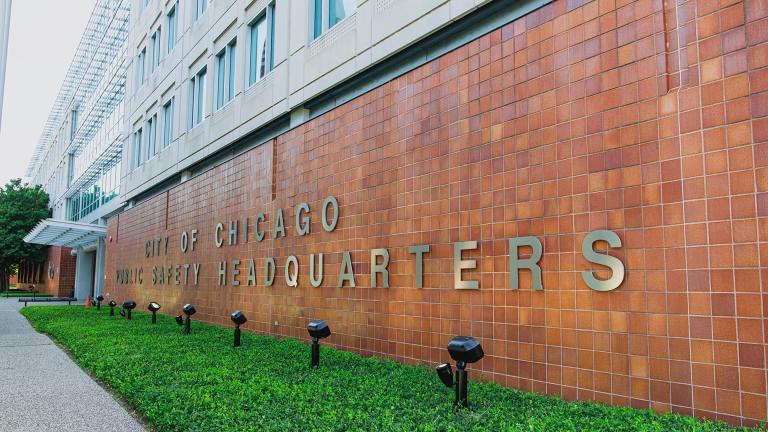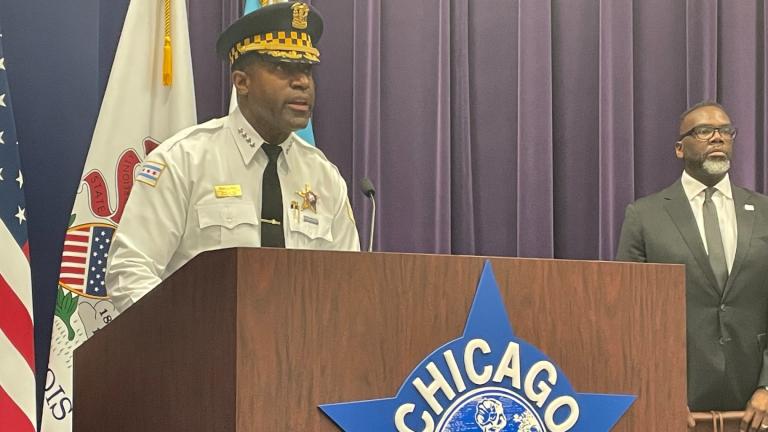The Chicago Police Department would be required to immediately launch a new study of whether officers are efficiently and effectively deployed across the city to stop crime and respond to calls for help, under a measure that won the unanimous endorsement of the City Council’s Police and Fire Committee.
Authored by Ald. Matt Martin (47th Ward), a close ally of Mayor Brandon Johnson, the ordinance set for a vote by the full City Council Feb. 16 asks Chicago Police Supt. Larry Snelling to make good on a promise he made shortly after becoming Chicago’s top cop and hire an outside organization to study how officers are deployed, where they are assigned to work and whether that makes sense.
Snelling is the third consecutive CPD leader to promise to take a data-driven approach to the complicated and politically perilous question of how officers are deployed across Chicago’s 50 wards and 77 community areas.
“We need to ensure that the work actually gets done,” Martin said, adding that the city has committments from philanthropic organizations to cover the cost of the study, estimated to be between $800,000 to $1 million.
Police departments in New York, Los Angeles and Houston routinely conduct workforce allocation studies, and use them to deploy officers and combat emerging public safety threats.
Former Supt. David Brown commissioned the University of Chicago Crime Lab to complete a workforce allocation study in 2019, but shelved the analysis in 2022, telling the Community Commission for Public Safety and Accountability it was “lacking.”
Brown promised to order a new study, one that met what he said was the “gold standard” the issue required. There is no evidence Brown started that work before he resigned four months later, after former Mayor Lori Lightfoot lost her bid for reelection and before Johnson could fire him as promised.
A redacted portion of that study obtained by the Chicago Tribune found evidence that fewer officers were on the street during Friday and Saturday nights, even though that was when there were more shootings than any other time.
A complete version of study has never been released, but the crime lab released a summary of its work in February 2022 that found that the allocation of police resources in Chicago, like other American cities, “is based on the desires and intuition of key decision-makers and often winds up being highly political and unequal.”
“In some areas of the city, residents receive rapid responses to both emergency and non-emergency 911 calls; in other areas, there are no officers available to respond for hours to 911 calls, sometimes even for violent incidents like robberies or shootings,” according to the summary that recommended city officials take “a data-driven approach to re-deploy officers to the busiest parts of the city.”
The results of a 2016 workforce allocation study, ordered by disgraced former Supt. Eddie Johnson and conducted by consultant Alexander Weiss, were never released. The last completed CPD workforce allocation study dates to 2010, when former Mayor Richard M. Daley was in office.
The issue of how officers are deployed has long been the third rail of public safety politics in Chicago, with City Council members loathe to take any action that residents of their wards could construe as reducing the presence of officers near their homes and businesses.
The political danger posed by proposing changes to how officers are deployed became even more fraught during the COVID-19 pandemic, which triggered a surge in crime and violence that has yet to fully recede.
The vast majority of violent crimes and murders occur on Chicago’s South and West sides and have for decades. Those wards, home to mostly Black and Latino residents, also have some of the highest rates of 911 calls for police service per population, according to an audit by the inspector general released in August.
There is no evidence more officers are assigned to patrol the South and West sides than other parts of the city to meet that additional demand.
That is due in part to the fact that when violent crimes or murders occur downtown or in wealthier neighborhoods on the North Side, home to a majority of White Chicagoans, they attract significantly more attention from the news media and politicians.
That all but ensures any effort to reallocate police resources to the South and West sides will be met with fierce opposition from elected officials and their wealthier constituents, who are more than willing to exert pressure at City Hall.
A comprehensive study of how CPD officers are deployed is “absolutely critical,” Martin said.
“It will help us provide transparency and accountability,” Martin said. “I don’t understand why or how the department makes the decisions they do.”
Demonstrating how public safety decisions are made will strengthen Chicagoans’ trust in government, Martin said.
“If there are political or relationship concerns at play, we deserve to know that,” Martin said.
The pandemic also triggered a nationwide staffing crunch for law enforcement agencies that shrank the size of CPD, likely permanently.
Approximately 1,000 officers left the Chicago Police Department in 2022, while some 950 officers were hired, the most since 2018, the last time the city stepped up efforts to hire new police officers in response to an increase in crime, according to city data.
Since Johnson took office, CPD staffing has remained steady, with 12,343 employees on Friday, according to a city database. The number of sworn officers has also remained essentially unchanged, with 11,780 on duty as of Friday, according to a database maintained by Chicago’s inspector general.
CPD must develop a staffing model that “considers data-driven resource allocation methods incorporating district-specific factors, including, but not limited to, calls for service, public violence and property crime,” under the terms of the consent decree, the federal court order designed to compel the Chicago Police Department to change the way it trains, supervises and disciplines officers.
CPD is in full compliance with just 6% of that nearly 5-year-old court order, city data shows.
Martin’s proposed ordinance gives the department until May 1 hire an organization to conduct the workforce allocation study, and requires police brass to report regularly about the study’s progress to the mayor, City Council and Community Commission for Public Safety Accountability, which must be completed one year after the contract to conduct the study is signed.
City officials will have 10 days to release “a complete copy” of the report to the public, according to the proposed ordinance, with a public hearing required to take place within a month.
A Safer City is supported, in part, by the Sue Ling Gin Foundation Initiative for Reducing Violence in Chicago.
Contact Heather Cherone: @HeatherCherone | (773) 569-1863 | [email protected]








